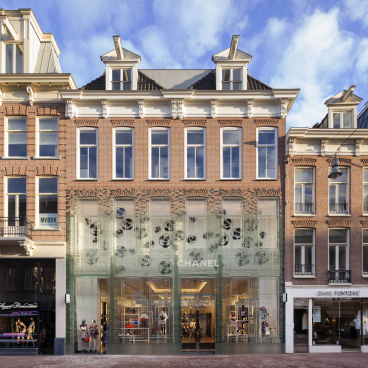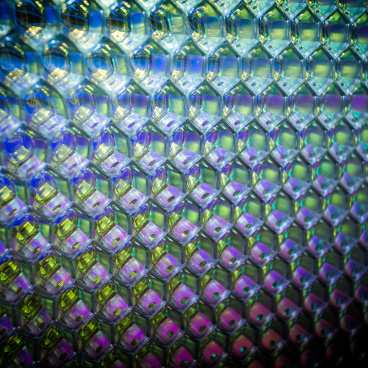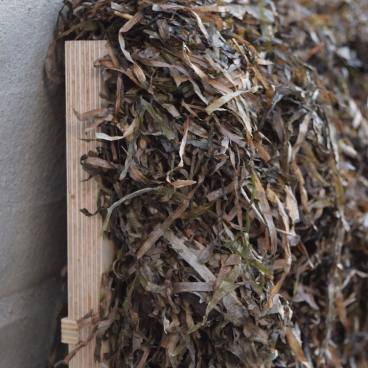Bio Iridescent Sequin is a material research and design project that harnesses the potential of bio-technologies to create colourful, shimmering sequins, from wood, that are compostable and made with a waste-free process.
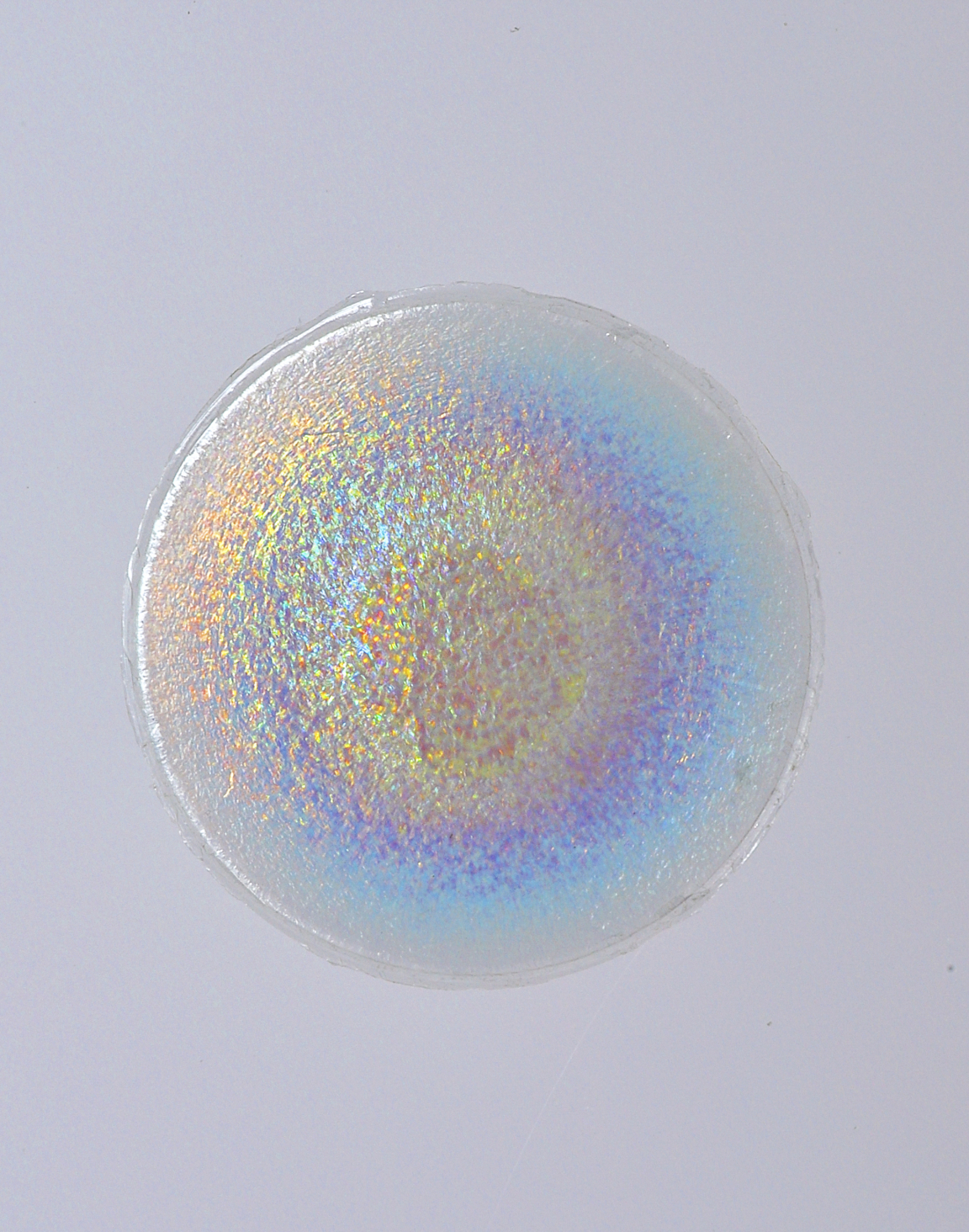
Elissa Brunato Bio Iridescent Sequin - Image credit Elissa Brunato
Bio Iridescent Sequin is a material research and design project that harnesses the potential of bio-technologies to create colourful, shimmering sequins, from wood, that are compostable and made with a waste-free process.
This project is Elissa Brunato’s response to the environmental impact of petroleum-based plastic sequin embellishment within the Fashion and Textiles industry.
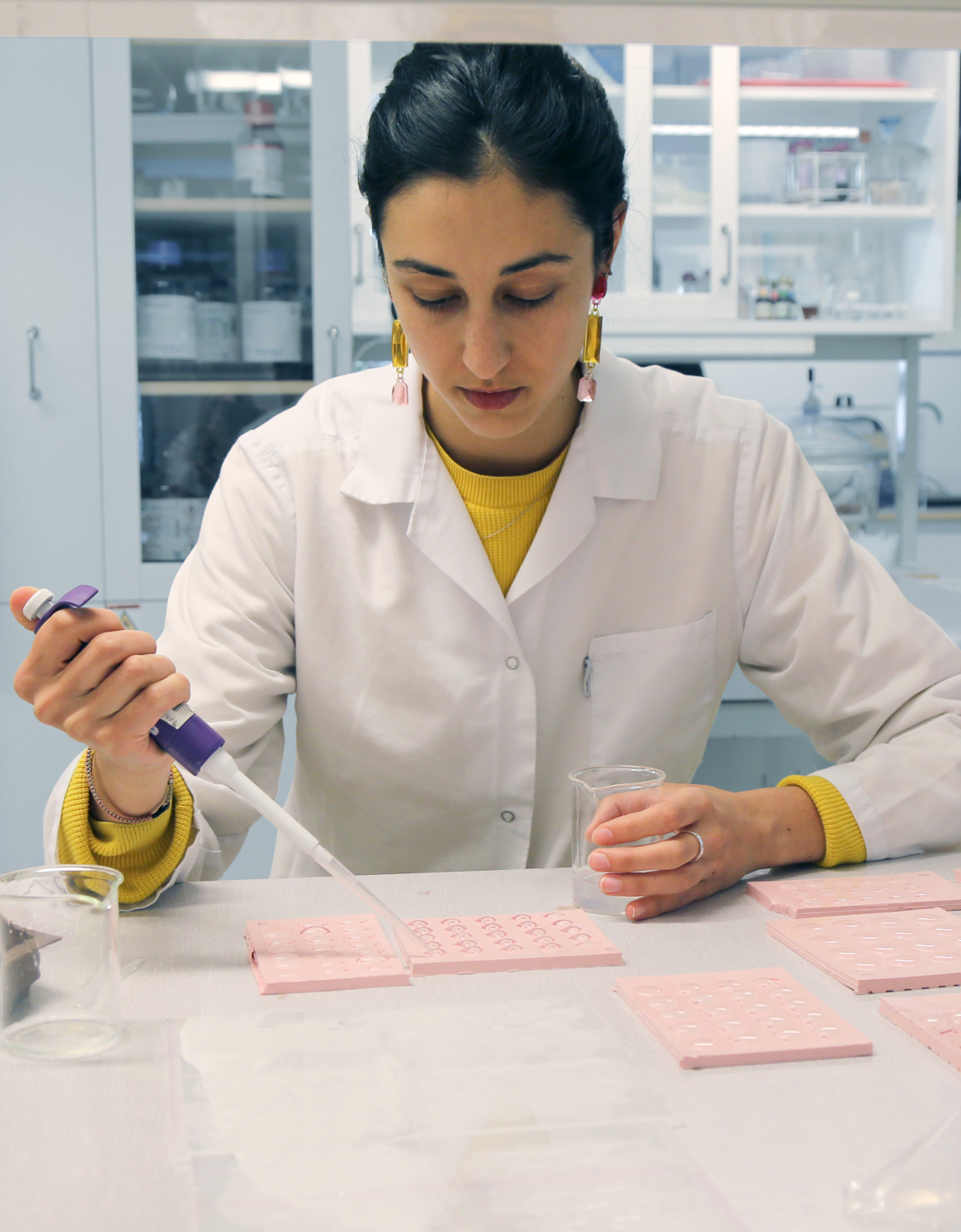
Elissa Brunato Bio Iridescent Sequin - Image credit Elissa Brunato
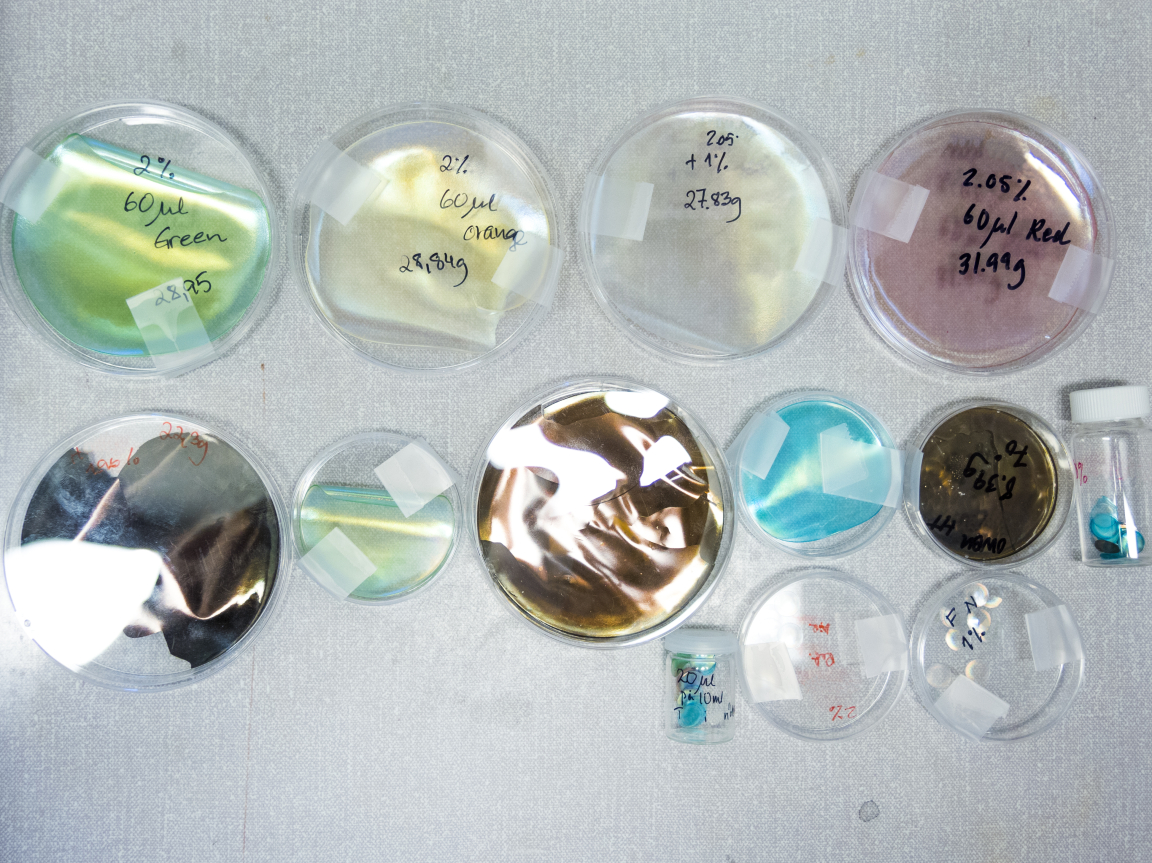
Elissa Brunato Bio Iridescent Sequin - Image credit Elissa Brunato
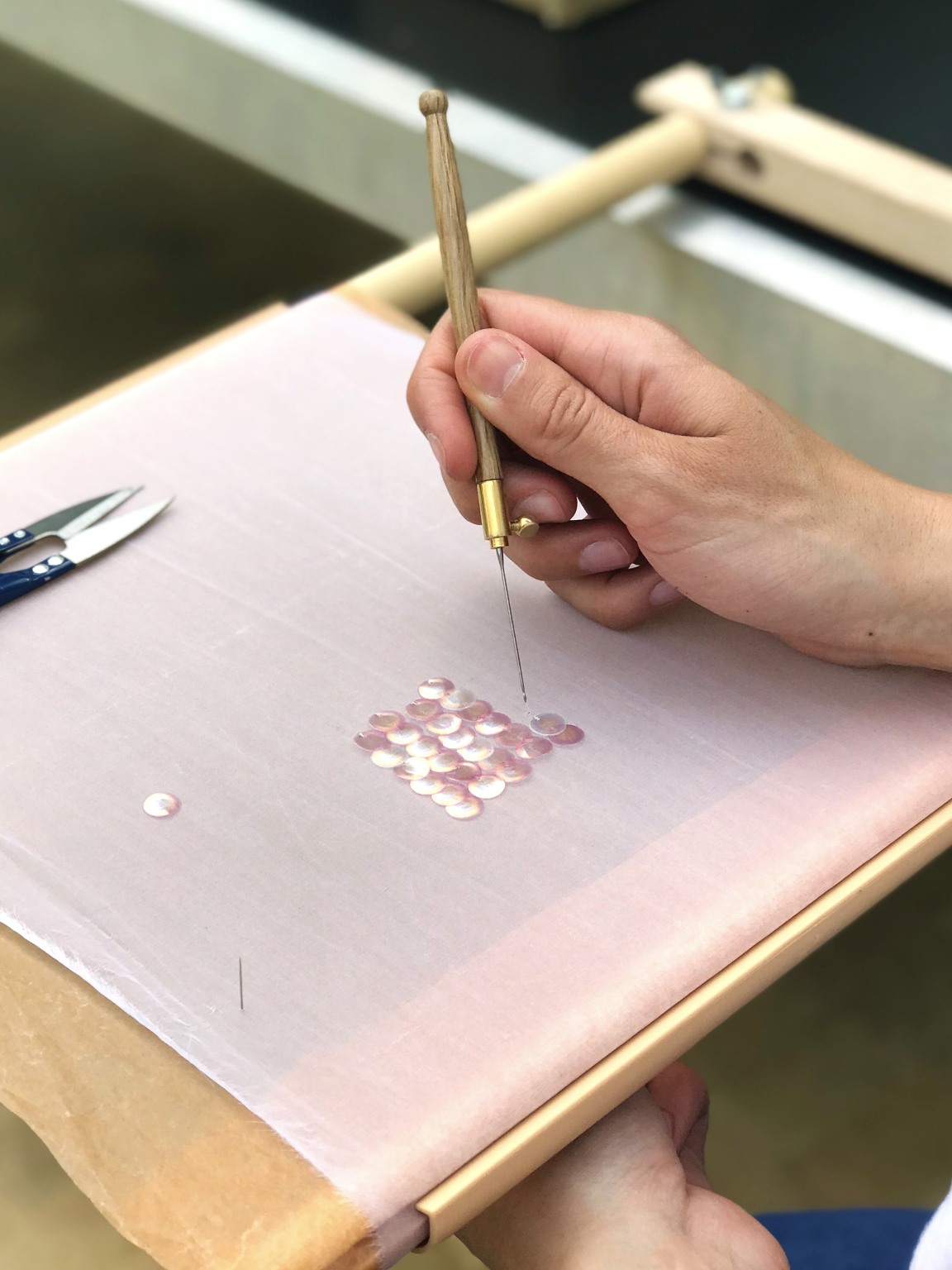
Elissa Brunato Bio Iridescent Sequin - Image credit Elissa Brunato
A wave of innovation has picked up the fashion industry and moved it out of its old foundations when it comes to material choice. Biological elements are being engineered in the search for more sustainable materials. It is the right moment to rethink the origin of materials that are currently derived from petroleum.
Bio Iridescent Sequin harnesses bio technologies to create colourful shimmering sequins from naturally abundant cellulose, a material with the added benefit of being lightweight, durable and compostable.
By redesigning a sequin from the base structure up, Designer, Elissa Brunato, has been able to rethink the production process by forming them in moulds to eliminate waste.
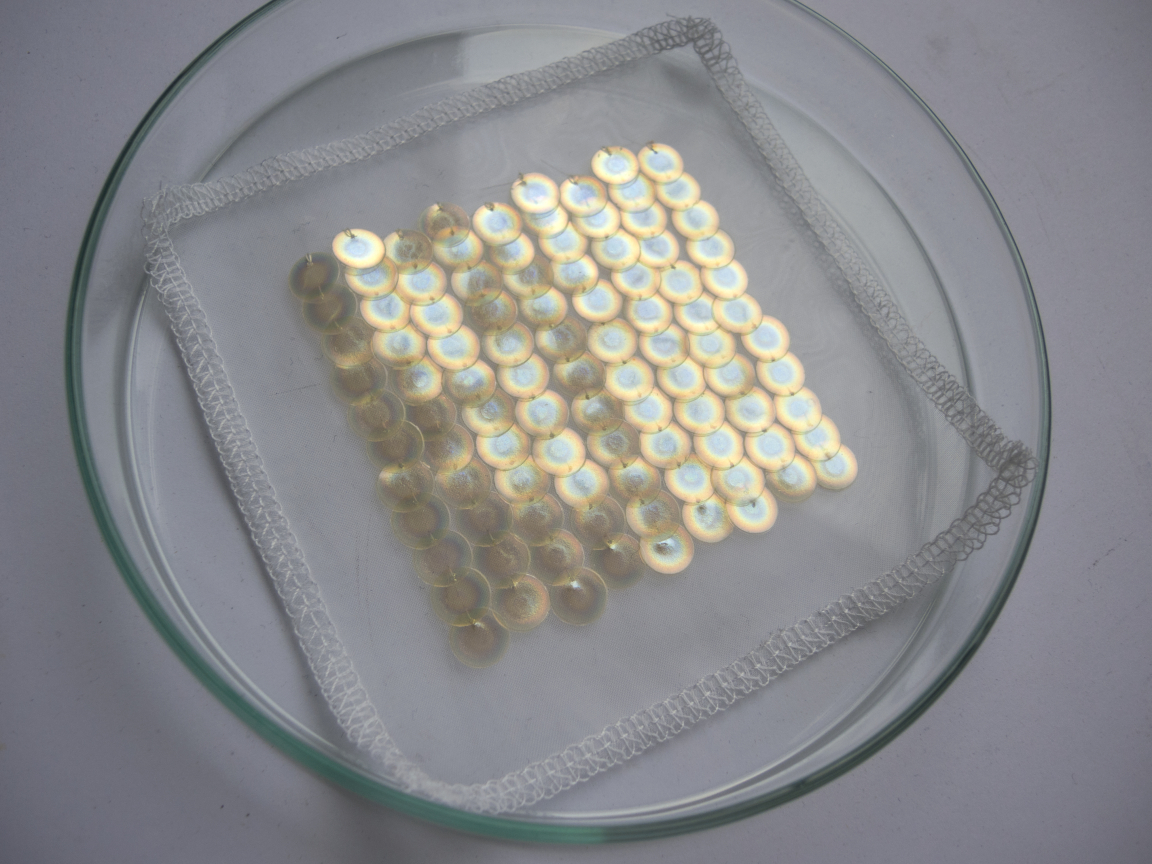
Elissa Brunato Bio Iridescent Sequin - Image credit Elissa Brunato
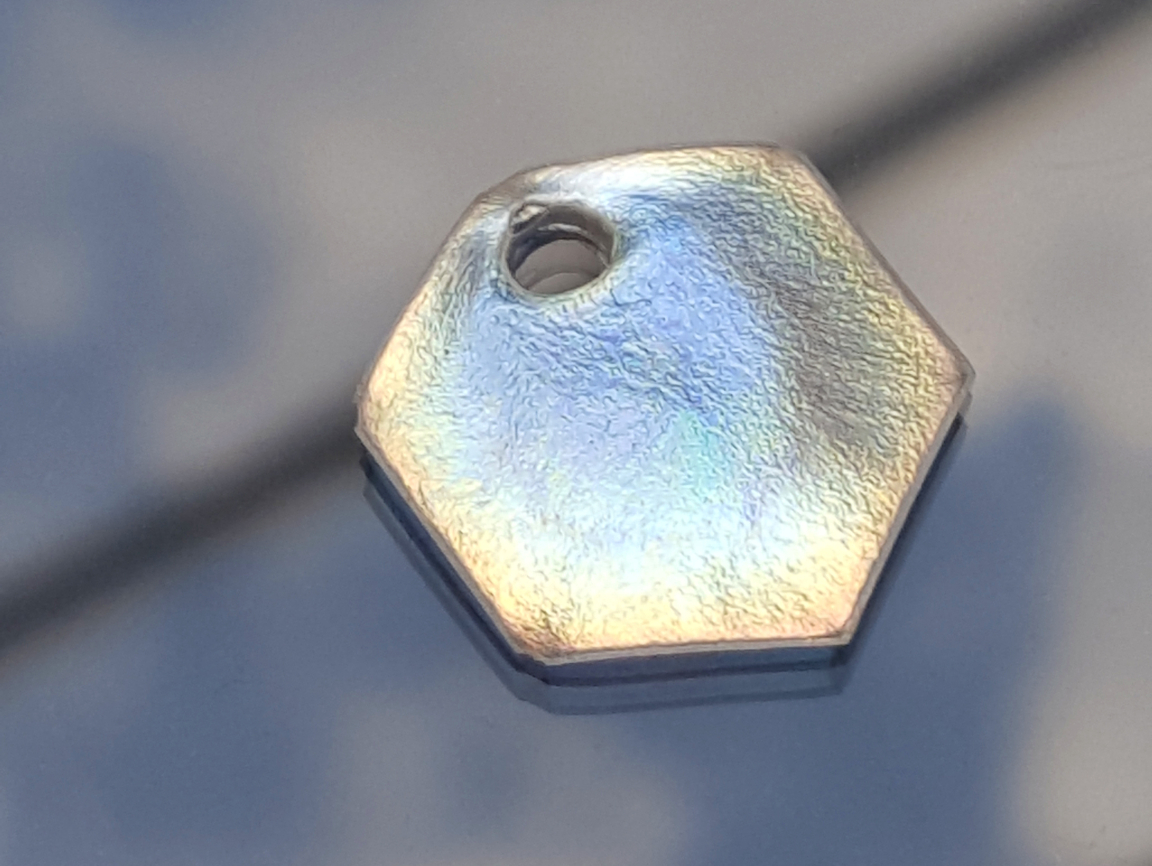
Elissa Brunato Bio Iridescent Sequin - Image credit Elissa Brunato
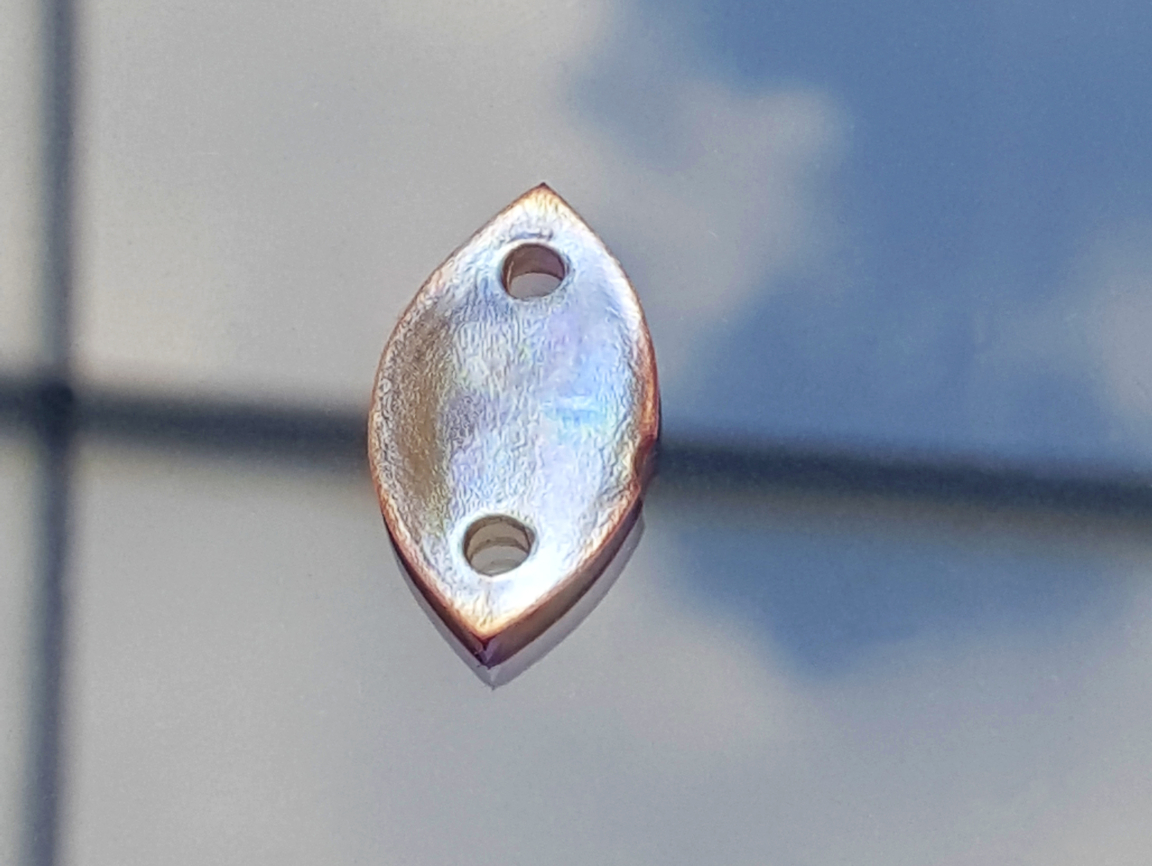
Elissa Brunato Bio Iridescent Sequin - Image credit Elissa Brunato
Working alongside Material Scientists Hjalmar Granberg and Tiffany Abitbol from the RISE Research Institutes of Sweden, we created shimmering iridescent colours embedded within the material structure of cellulose. In this way, it is possible for the future Bio Iridescent Sequin to shimmer naturally without added chemicals. It is an entirely new way to approach finishes and colour within the fashion and textiles industry.
Within the current fashion and textiles system, the embroidery industry is limited by unsustainable material options and a lack of innovation. Shimmering beads and sequins are industrially made from petroleum plastic or synthetic resins. Their use and disposal impose a vast environmental problem and contribute largely to the micro-plastic issue that planet Earth is currently facing. Looking into consumer patterns on a mass scale, it is impractical for embroidery to be recycled from its base fabric; consequently, these tiny plastic components are sitting in landfill and entering our environment through various waste streams.
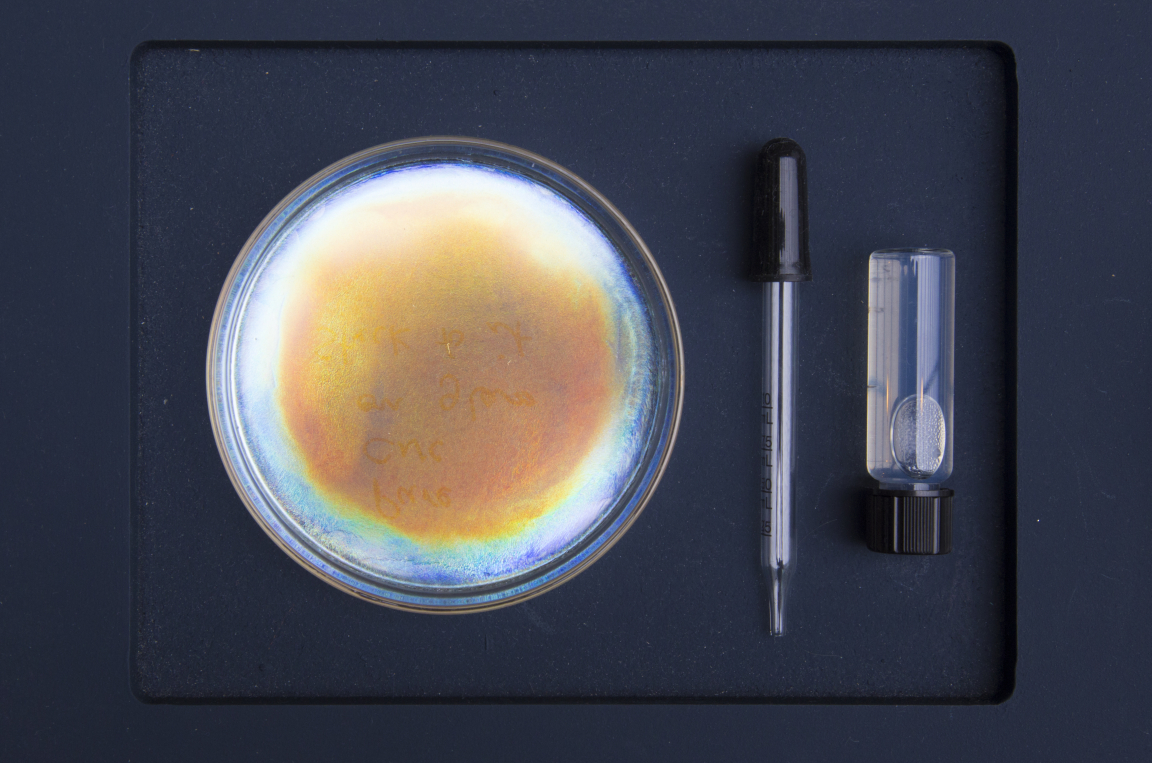
Elissa Brunato Bio Iridescent Sequin - Image credit Elissa Brunato
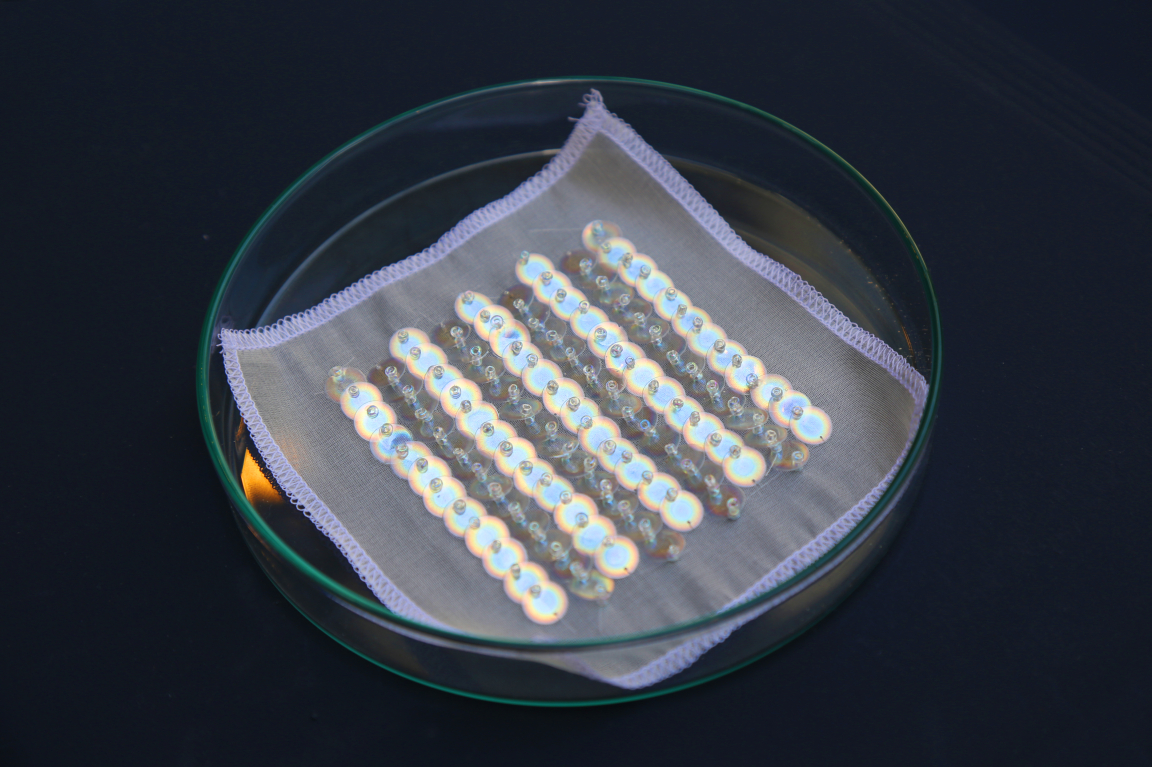
Elissa Brunato Bio Iridescent Sequin - Image credit Elissa Brunato
Designer, Elissa Brunato, points out that it is the optimal moment to re-envision the origin of materials that are currently petroleum-derived to initiate a more circular textile economy.
Bio Iridescent Sequin finds an answer in the research of bio-technologies that are capable of harnessing naturally abundant materials, to create shimmering structural colours. By extracting the crystalline form of cellulose, the wood-originating matter can imitate the alluring visual aesthetics of beetle wings.
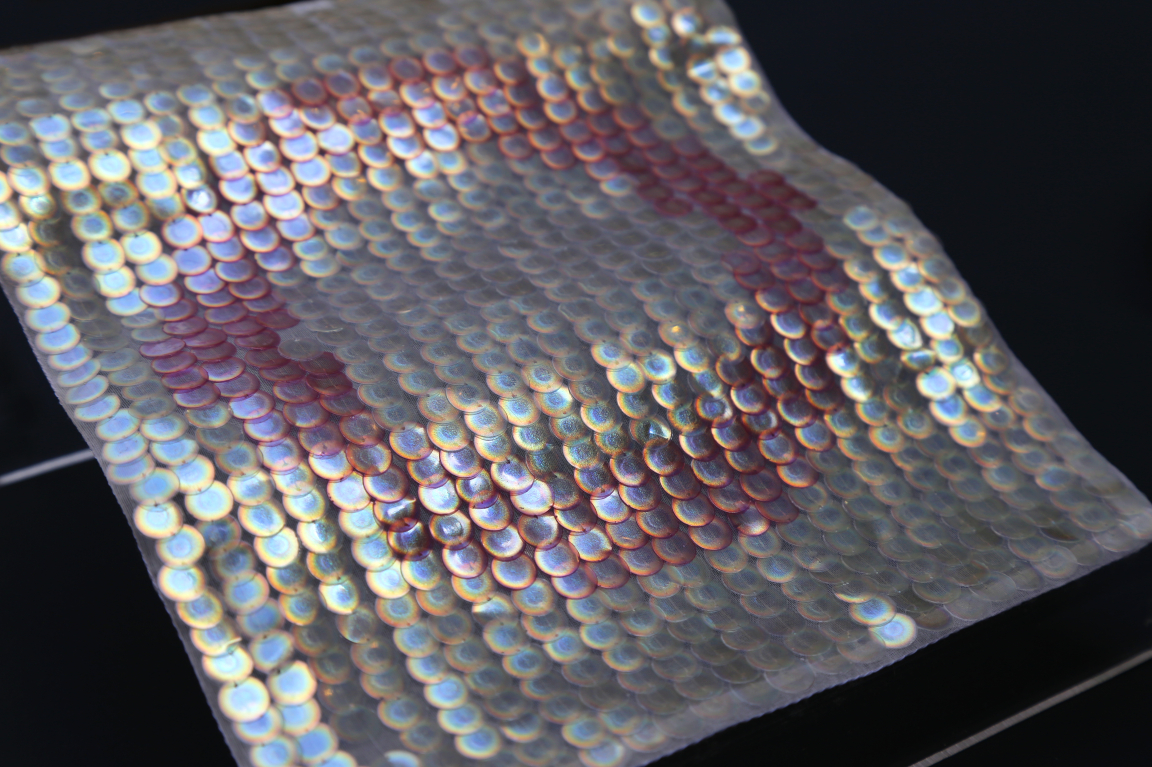
Elissa Brunato Bio Iridescent Sequin - Image credit Elissa Brunato
The material remains lightweight and as strong as plastic, yet it is compostable. Working alongside Material Scientists Hjalmar Granberg and Tiffany Abitbol from the RISE Research Institutes of Sweden, Elissa Brunato created sequins for embroidery, that use wood’s ability to form structures that refract light. In this way, it is possible for this Bio Iridescent Sequin to shimmer naturally without added chemicals. It is an entirely new way to approach colour and finishes within the Fashion and Textiles Industry.
Re-imagining the landscape of available materials that we have on this earth can allow for safer and more environmentally sustainable approaches to shimmering colour. These approaches have the potential to outshine the previous options in a way that is more forward-thinking and innovative.
COLLABORATORS: Tiffany Abitbol, Senior Researcher, RISE Research Institutes of Sweden. Hjalmar Granberg, Scientific Leader within Biobased Electronics, RISE Research Institutes of Sweden.
PROJECT MENTORS: Claire Bergkamp, Worldwide Sustainability & Innovation Director, Stella McCartney.
Learn more at Elissa Brunato.


